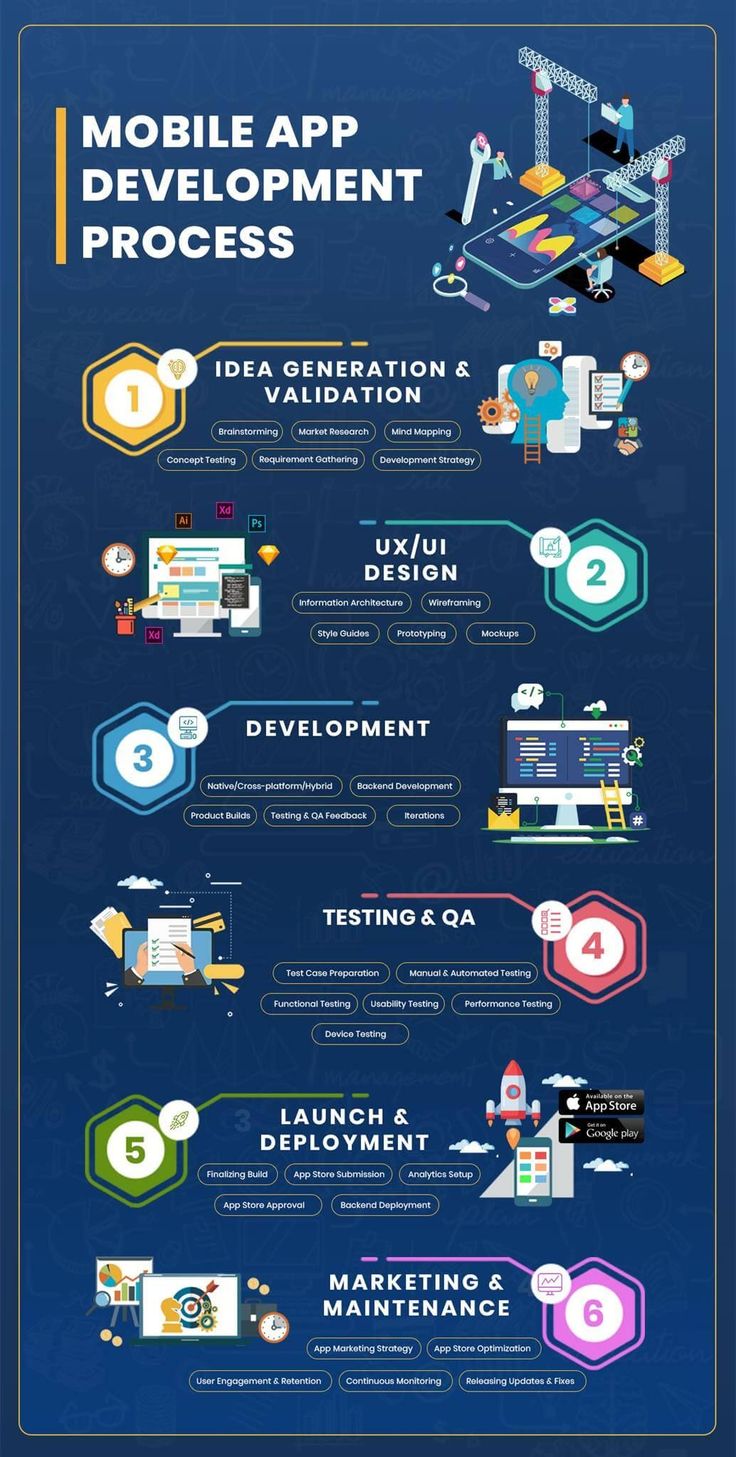In today’s fast-paced digital era, businesses are increasingly relying on advancements in technology to stay competitive and drive growth. Seamless integration of various technological solutions is essential to enhance operational efficiency and provide top-notch user experiences. Below, we dive into several crucial aspects of achieving digital success, including Web Development, Mobile App Development, Data Analytics, System Integration, and E-commerce Integration.
Web Development: Crafting a Powerful Online Presence
Read more about Mobile App Development here.
Effective Web Development is the cornerstone of a robust digital strategy. It involves creating user-friendly, responsive, and aesthetically pleasing websites that cater to the target audience’s needs. Key elements include:
- Responsive Design to enhance accessibility across devices
- SEO Best Practices to improve search engine visibility
- Intuitive Navigation to improve user experience
- High-Quality Content to engage and inform visitors
Best Practices for Web Development
- Adopt a Mobile-First Approach
- Utilize Agile Development Methodologies
- Incorporate Interactive Elements
- Focus on Website Performance Optimization
- Ensure Compliance with Web Accessibility Standards
Mobile App Development: Staying Connected on the Go
With the rise of smartphones, Mobile App Development has become vital for businesses looking to stay connected with their customers. Powerful mobile applications can lead to higher engagement and customer loyalty. Key components include:
- User-Centric Design for intuitive UX/UI
- Cross-Platform Compatibility for wider reach
- Regular Updates to provide new features and improvements
- Enhanced Security to safeguard user data
Best Practices for Mobile App Development
- Implement Agile and DevOps Practices
- Conduct Thorough Market Research
- Beta Testing for Feedback and Improvements
- Incorporate Analytics for Data-Driven Decisions
- Focus on Performance and Battery Optimization
Data Analytics: Making Informed Decisions
Harnessing the power of Data Analytics allows organizations to make informed decisions based on real-time data. This leads to improved efficiency and strategic planning. Critical aspects of data analytics include:
- Data Collection and Cleaning for accurate analysis
- Predictive Analytics to foresee trends and behaviors
- Visualization Tools to present data clearly
- Big Data Technologies for handling large datasets
Best Practices for Data Analytics
- Ensure Data Quality and Integrity
- Utilize Advanced Analytical Tools
- Implement Robust Data Governance Policies
- Promote a Data-Driven Culture
- Regularly Review and Update Analytical Models
System Integration: Streamlining Operations
System Integration is the process of coherently integrating different computing systems and software applications to work as a coordinated whole. This optimizes workflows and enhances productivity. Essential focus areas include:
- API Management for seamless connectivity
- Middleware Solutions to facilitate communication between systems
- Data Synchronization to keep information consistent
- Scalability Planning to accommodate growth
Best Practices for System Integration
- Adopt a Phased Integration Approach
- Prioritize Interoperability Standards
- Regular Monitoring and Maintenance
- Engage in Continuous Testing
- Foster Strong Vendor Partnerships
E-commerce Integration: Enhancing the Shopping Experience
E-commerce Integration is vital for businesses aiming to provide a seamless online shopping experience. It involves linking e-commerce platforms with other business systems to automate processes and enhance the customer journey. Key elements include:
- Inventory Management for real-time stock updates
- Payment Gateway Integration for secure transactions
- Customer Relationship Management (CRM) Integration to track customer interactions
- Shipping and Fulfillment Integration to streamline order processing
Best Practices for E-commerce Integration
- Leverage APIs for Smooth Interfacing
- Ensure Data Consistency Across Platforms
- Focus on Security and Compliance
- Automate Routine Processes
- Regularly Update Systems to Incorporate New Features
FAQs
What benefits does Web Development bring to a business?
Web development enables businesses to create an online presence, improve brand visibility, and attract potential customers through engaging and functional websites.
How important is Mobile App Development in today’s market?
Mobile app development is crucial as it facilitates constant connectivity with customers, boosts engagement, and enhances customer loyalty through tailored mobile experiences.
Why is Data Analytics essential for businesses?
Data analytics provides valuable insights through data, allowing businesses to make informed decisions, optimize operations, and predict future trends.
What is the role of System Integration in a business?
System integration ensures that various software and systems work together harmoniously, leading to improved efficiency, reduced errors, and streamlined operations.
How does E-commerce Integration benefit online retailers?
E-commerce integration enhances the shopping experience by automating processes such as inventory management, payment processing, and order fulfillment, leading to higher customer satisfaction and operational efficiency.





